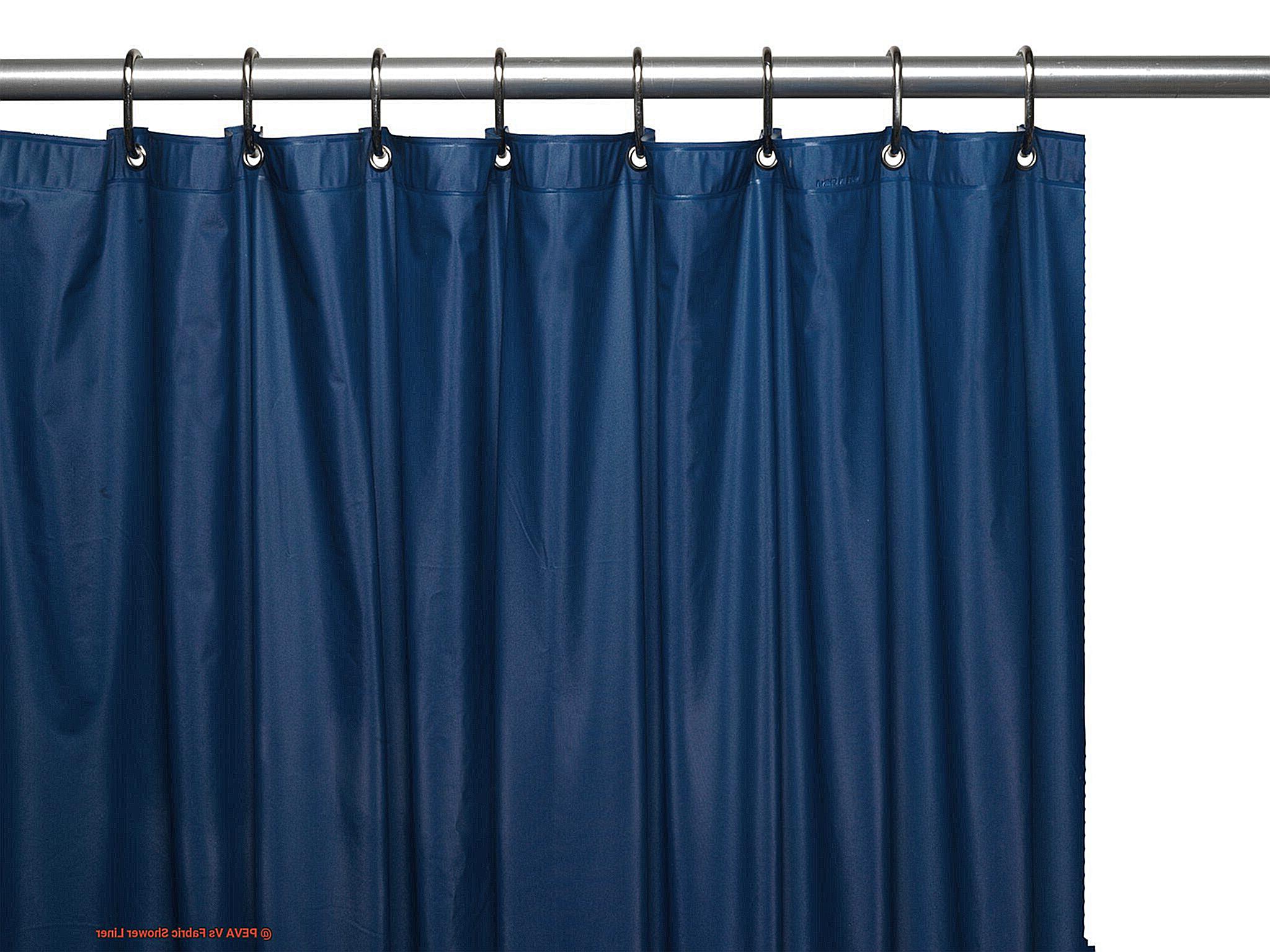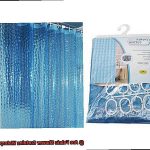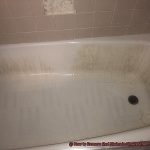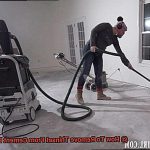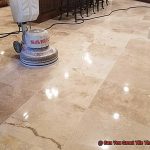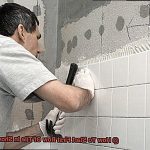Still confused between PEVA and Fabric Shower Liner? Don’t worry, we’ve got you covered.
In this blog post, we’ll discuss the differences between these two shower liners and help you choose the best one for your bathroom.
Shower liners are essential in any bathroom—they protect curtains from mildew and mold, as well as keep water from spilling over the floor.
But with so many different types out there, it can be hard to pick the right one.
PEVA is a lightweight and strong plastic that’s waterproof.
It doesn’t contain chlorine or phthalates, making it a healthier option than other types of plastic.
However, PEVA isn’t as breathable as fabric options and can be prone to mildew if not properly maintained.
Fabric shower liners come in a variety of colors and patterns to give your bathroom decor a fresh look.
They’re more breathable than PEVA but need more care since they must be washed regularly to prevent mold growth.
Both PEVA and Fabric Shower Liners have their own advantages and disadvantages when it comes to protecting your bathroom from water damage.
Before deciding which one is best for you, consider what kind of preventative care you’re able to do.
Contents
What is PEVA?
Are you looking for a way to protect your bathroom from water damage, while also adding a touch of style? Look no further than PEVA shower liners.
PEVA, or polyethylene vinyl acetate, is a type of plastic made from ethylene and vinyl acetate monomers.
It’s the perfect choice for shower liners because it’s waterproof, reliable, and easy to clean – plus it won’t break the bank.
On the other hand, if you’re looking for something with greater visual appeal, fabric shower liners are the way to go.
They come in an array of colors and patterns that can be blended with any bathroom decor.
Plus, they give the shower a cozy feel.
No matter which type of shower liner you choose, you can be sure that your bathroom will stay dry and stylish.
What is a Fabric Shower Liner?.
Made from materials such as cotton, polyester, and nylon, these liners are thicker than PEVA foam and provide superior insulation against water.
Plus, they come in a variety of colors and patterns to match any bathroom decor.
Although fabric shower liners are more expensive than PEVA materials, they are worth the investment due to their durability.
Not only will they last longer but they can also be washed in the washing machine if needed.
Pros and Cons of PEVA
PEVA may be the answer.
This durable, waterproof material is an ideal choice for anyone seeking a cost-effective, long-lasting solution.
Plus, it’s easy to maintain – simply wipe it down with a damp cloth and you’re good to go.
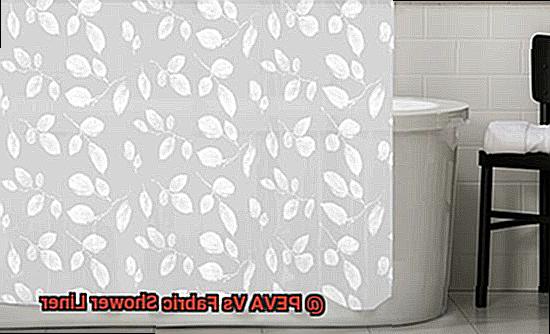
However, there are some drawbacks to using PEVA.
It lacks the stylish appeal of fabric liners, so if you’re looking for something more aesthetically pleasing this may not be the best option.
Additionally, it can be slippery when wet so caution should be taken when using it in the shower.
Finally, PEVA isn’t biodegradable and can take hundreds of years to decompose – making it an unsustainable choice for those who are environmentally conscious.
So, PEVA is an excellent option if you’re looking for something durable and cost-effective.
Pros and Cons of Fabric Shower Liner
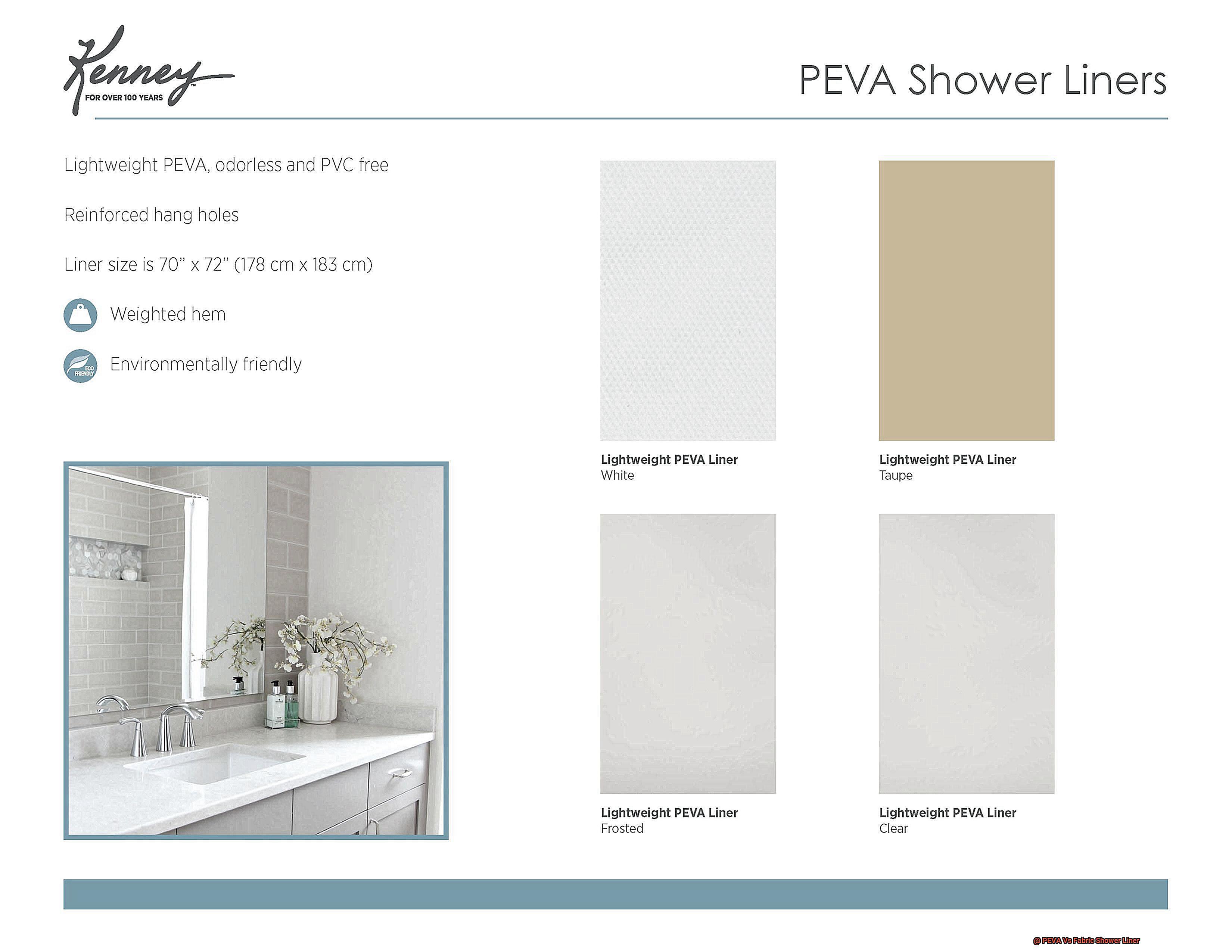
Fabric shower liners are an excellent choice, offering durability, a variety of colors and textures, and eco-friendly materials.
But before you decide to switch from PEVA to fabric, it’s important to weigh the pros and cons of using fabric for shower liners.
Fabric shower liners have many advantages.
They are more resistant to mildew and bacteria buildup than PEVA liners, so you can enjoy a longer-lasting liner without worrying about mold or bacteria.
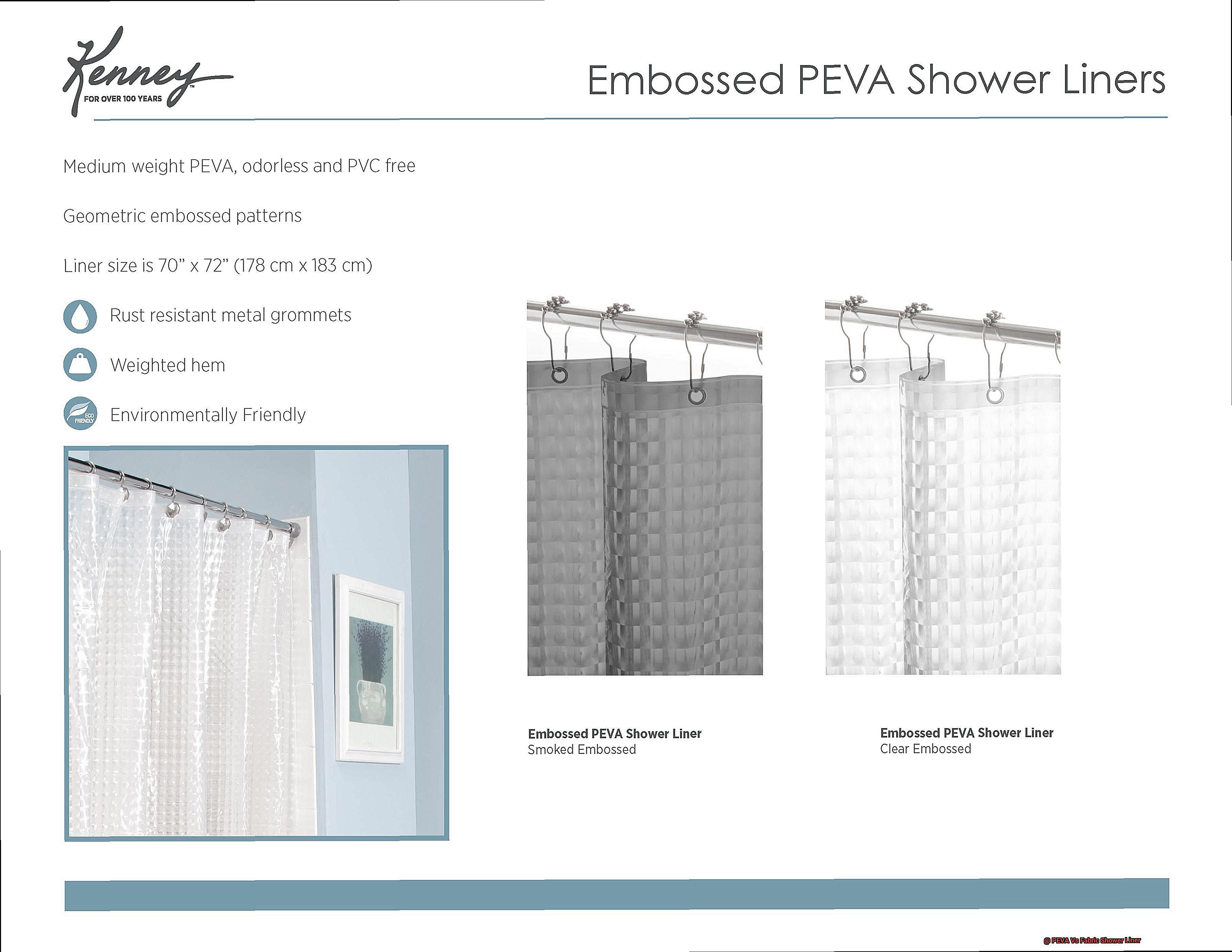
Plus, they provide improved insulation, keeping your bathroom warm even in cold weather.
With so many colors and patterns available, you’re sure to find one that perfectly matches your decor style.
However, there are some drawbacks as well.
Fabric shower liners require more frequent maintenance than PEVA liners since they must be washed regularly in order to keep them clean and free of mildew and bacteria buildup.
Additionally, bleach or other harsh cleaning products can damage them, so always read the manufacturer’s instructions before using any products on them.
And because fabric shower liners tend to be heavier than PEVA ones, they can be difficult to hang up or take down for cleaning purposes – like trying to hang a heavy quilt on your wall. Lastly, they tend to cost more due to the higher quality materials used in their construction.
If you’re willing to put in the extra effort required for maintenance and upkeep of fabric shower liners, then they are definitely worth considering as an upgrade over their plastic counterparts – providing better insulation while also adding style and elegance to your bathroom decor.
Cost Comparison between PEVA and fabric shower liners
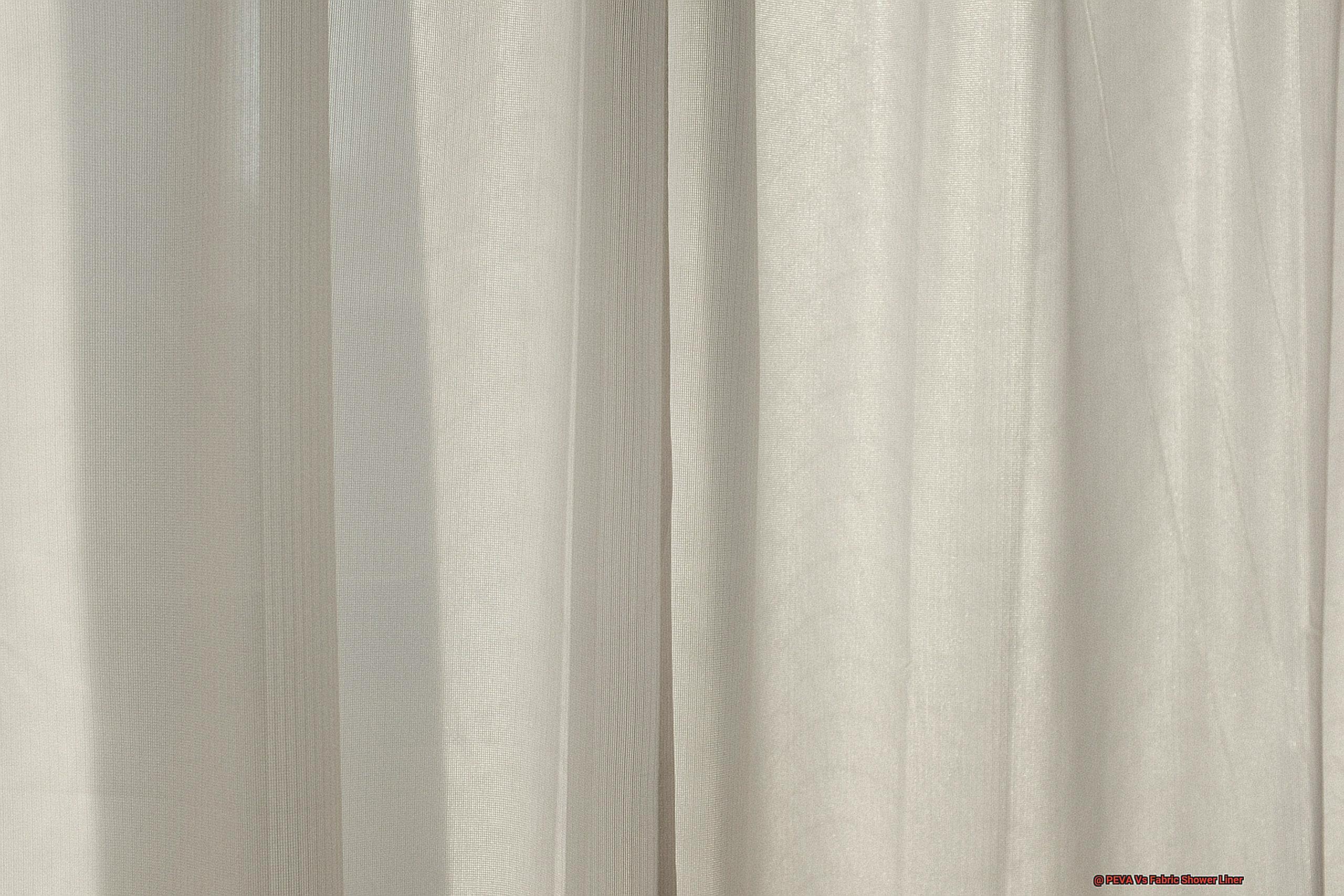
When it comes to your shower liner, you have two options: PEVA or fabric.
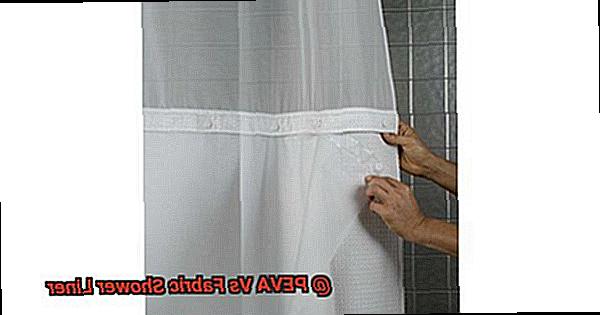
Both are great choices, but the cost is where they differ significantly.
PEVA liners are the more affordable option with prices starting as low as $5-$1Fabric shower liners, on the other hand, can range from $10 to $40.
Installation costs may also factor into your decision-making process and can range from $50 to $150 depending on the type of liner and installation process required.
It’s important to remember that price isn’t everything when making your decision.
Consider how long each product will last before needing to be replaced.
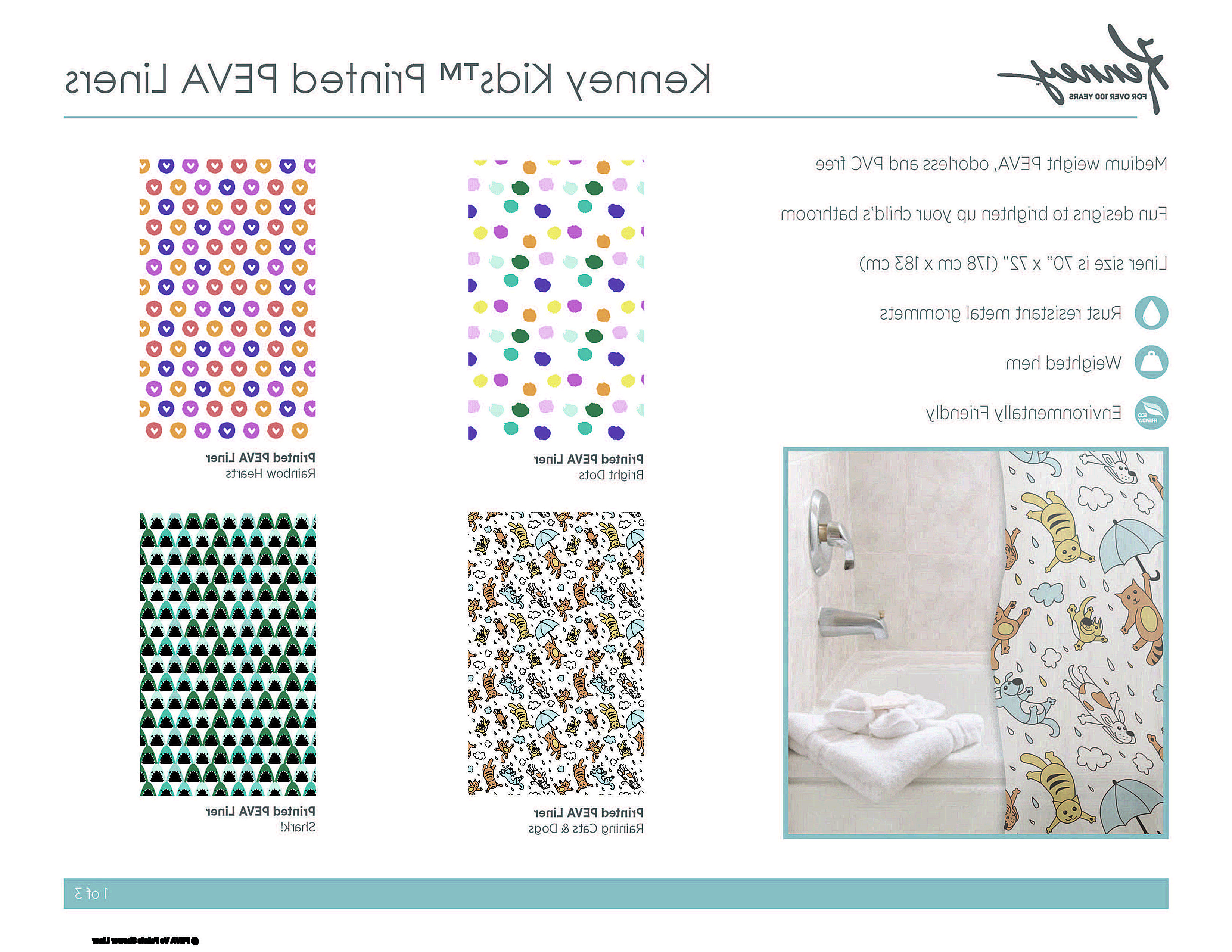
PEVA liners tend to have a shorter lifespan than fabric shower liners, so if you want something that will last longer and give you more value for your money in the long run, fabric might be a better choice for you.
Think of it like buying a car – sure, you could go for the cheaper option and save some money upfront, but if you want something that will last longer and offer greater value in the long run, it’s worth investing in something a little pricier.
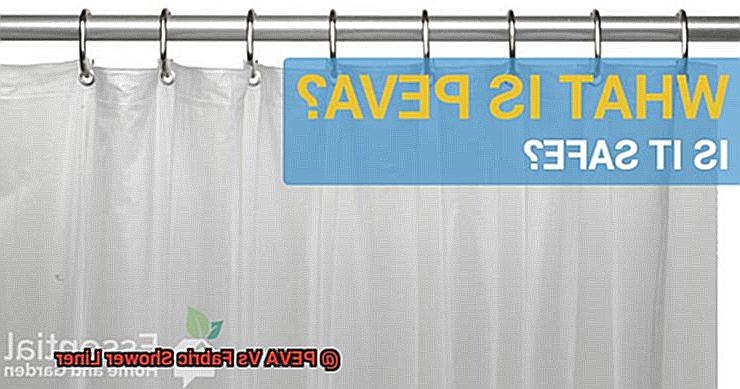
Durability Comparison
When it comes to selecting a shower liner, durability is key.
PEVA and fabric are two of the most popular materials, both of which offer great protection against water leakage and mold growth.
But there are some important differences to consider.
PEVA shower liners are made from a plastic material that is highly resistant to water damage and mold growth.
They’re strong and durable, so you won’t have to replace them often.
However, they can be more prone to rips or tears than fabric liners if not properly cared for.
Fabric shower liners have a thicker material that is more resistant to tearing and ripping, making them last longer if treated correctly.
But due to their tendency to accumulate soap scum or mildew over time, they may need replacing more frequently than PEVA liners.
No matter which type of liner you choose, regular cleaning and maintenance is essential for keeping your bathroom safe from water damage or mold growth.
Conclusion
In conclusion, PEVA and Fabric Shower Liners are both excellent options for shielding your bathroom from water leakage.
PEVA is a light, durable plastic that won’t contain chlorine or phthalates, making it a healthier choice.
On the other hand, fabric shower liners come in a range of colours and styles to give your bathroom decor a new look.
They’re more breathable, but require more care as they must be washed regularly to prevent mold growth.
Consider what sort of maintenance you can do before deciding which one is right for you. Both types have their own advantages and disadvantages, so take the time to assess your needs and make an informed decision about which one will provide the best protection for your bathroom.

